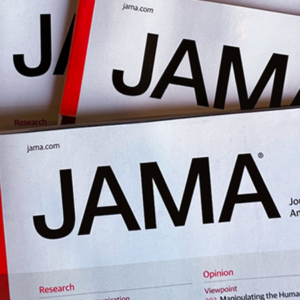פוסט זה זמין גם ב:
עברית
 Naveen Poonai, MD1; Daniel M. Cohen, MD2; Doug MacDowell, BA2; et alRakesh D. Mistry, MD, MS3; Santiago Mintegi, MD, PhD4; Simon Craig, MBBS5; Damian Roland, MD6,7; Michael Miller, PhD1; Itai Shavit, MD8; and the Paediatric Emergency Research Networks (PERN) PAINT Study Group
Naveen Poonai, MD1; Daniel M. Cohen, MD2; Doug MacDowell, BA2; et alRakesh D. Mistry, MD, MS3; Santiago Mintegi, MD, PhD4; Simon Craig, MBBS5; Damian Roland, MD6,7; Michael Miller, PhD1; Itai Shavit, MD8; and the Paediatric Emergency Research Networks (PERN) PAINT Study GroupKey Points 
Question What is the prevalence of opioid analgesia and sedation for reduction of pediatric ileocolic intussusception and what is their association with intestinal perforation and failed reduction?
Findings In this cross-sectional study of 3203 patients, use of opioids was documented in 12.6% of children, sedation in 10.6% of patients, and opioids plus sedation in 5.7% of children. Perforation and failure of reduction were rare outcomes in both children who received opioids and/or sedation and those who did not.
Meaning The findings of this study suggest that use of opioid analgesia and sedation are uncommon in children undergoing reduction of ileocolic intussusception.
Abstract
Importance Ileocolic intussusception is an important cause of intestinal obstruction in children. Reduction of ileocolic intussusception using air or fluid enema is the standard of care. This likely distressing procedure is usually performed without sedation or analgesia, but practice variation exists.
Objective To characterize the prevalence of opioid analgesia and sedation and assess their association with intestinal perforation and failed reduction.
Design, Setting, and Participants This cross-sectional study reviewed medical records of children aged 4 to 48 months with attempted reduction of ileocolic intussusception at 86 pediatric tertiary care institutions in 14 countries from January 2017 to December 2019. Of 3555 eligible medical records, 352 were excluded, and 3203 medical records were eligible. Data were analyzed in August 2022.
Exposures Reduction of ileocolic intussusception.
Main outcomes and measures The primary outcomes were opioid analgesia within 120 minutes of reduction based on the therapeutic window of IV morphine and sedation immediately before reduction of intussusception.
Results We included 3203 patients (median [IQR] age, 17 [9-27] months; 2054 of 3203 [64.1%] males). Opioid use was documented in 395 of 3134 patients (12.6%), sedation 334 of 3161 patients (10.6%), and opioids plus sedation in 178 of 3134 patients (5.7%). Perforation was uncommon and occurred in 13 of 3203 patients (0.4%). In the unadjusted analysis, opioids plus sedation (odds ratio [OR], 5.92; 95% CI, 1.28-27.42; P = .02) and a greater number of reduction attempts (OR, 1.48; 95% CI, 1.03-2.11; P = .03) were significantly associated with perforation. In the adjusted analysis, neither of these covariates remained significant. Reductions were successful in 2700 of 3184 attempts (84.8%). In the unadjusted analysis, younger age, no pain assessment at triage, opioids, longer duration of symptoms, hydrostatic enema, and gastrointestinal anomaly were significantly associated with failed reduction. In the adjusted analysis, only younger age (OR, 1.05 per month; 95% CI, 1.03-1.06 per month; P < .001), shorter duration of symptoms (OR, 0.96 per hour; 95% CI, 0.94-0.99 per hour; P = .002), and gastrointestinal anomaly (OR, 6.50; 95% CI, 2.04-20.64; P = .002) remained significant.
Conclusions and Relevance This cross-sectional study of pediatric ileocolic intussusception found that more than two-thirds of patients received neither analgesia nor sedation. Neither was associated with intestinal perforation or failed reduction, challenging the widespread practice of withholding analgesia and sedation for reduction of ileocolic intussusception in children.






